
Tomato harvesting season is upon us, giving us bounties and bounties of one of the world’s favorite fruits (or vegetables, if you prefer) to devour.
If you’ve been pruning your tomato plants throughout the season, you may have wondered whether those chopped off leaves could be put to good use. Or, you may be avoiding them altogether, following the belief that the leaves are poisonous.
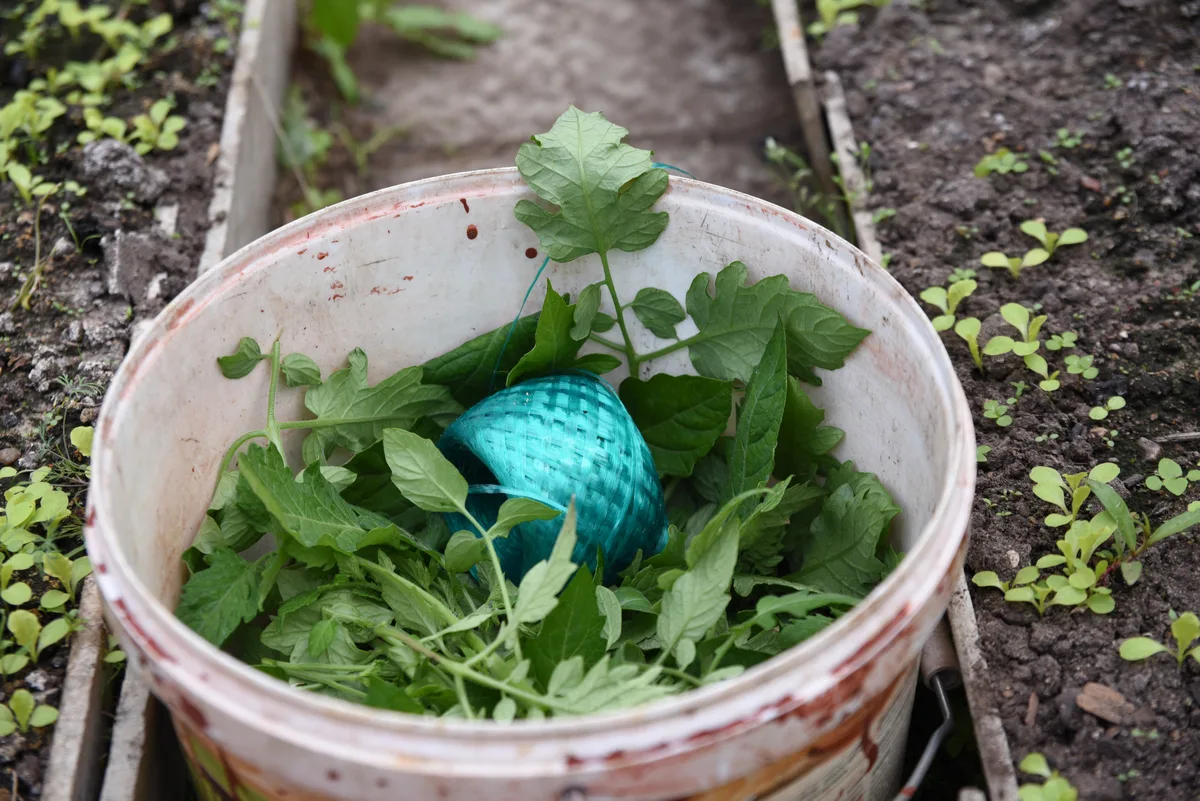
As it turns out, there are tons of uses for tomato leaves, both in the garden and in the kitchen. Try these out or come up with your own to ensure a zero-waste garden and kitchen.
Before You Start
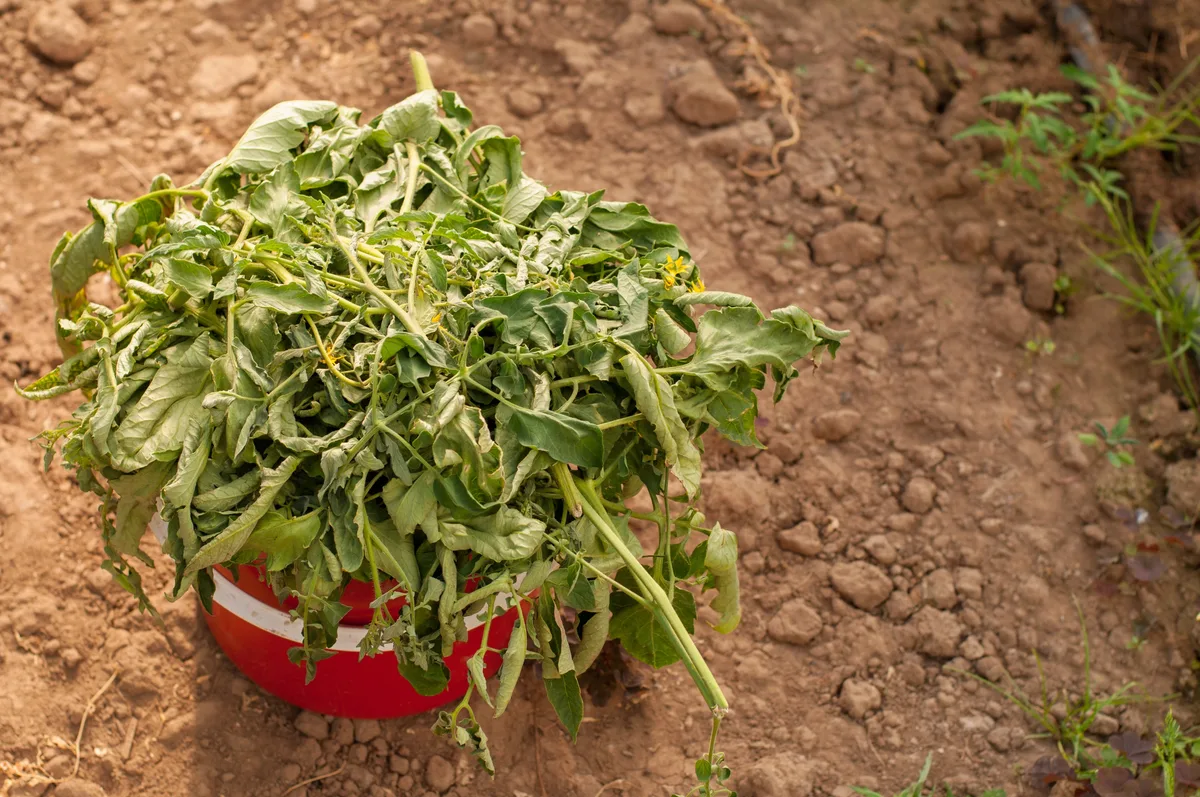
Before you consider any of these uses – particularly the recipes – it’s important to note the concern surrounding toxins in tomato leaves.
Tomato leaves contain alkaloids tomatine and solanine, compounds present in a number of other members of the nightshade family, including potatoes. These compounds are considered toxic to humans when consumed in large amounts, creating suspicion about whether tomato leaves can be ingested at all.
Most people would need to consume a ton of tomato leaves to experience any negative effects. These compounds are also present in green tomatoes, eaten frequently and featured in many recipes.
Some people are more sensitive to these alkaloids than others, so it’s best to exercise caution. If you have ever experienced problems eating green tomatoes or even ripe red tomatoes, avoid tomato leaves. Otherwise, they are generally considered safe to eat in small quantities.
9 Uses For Tomato Leaves
Compost
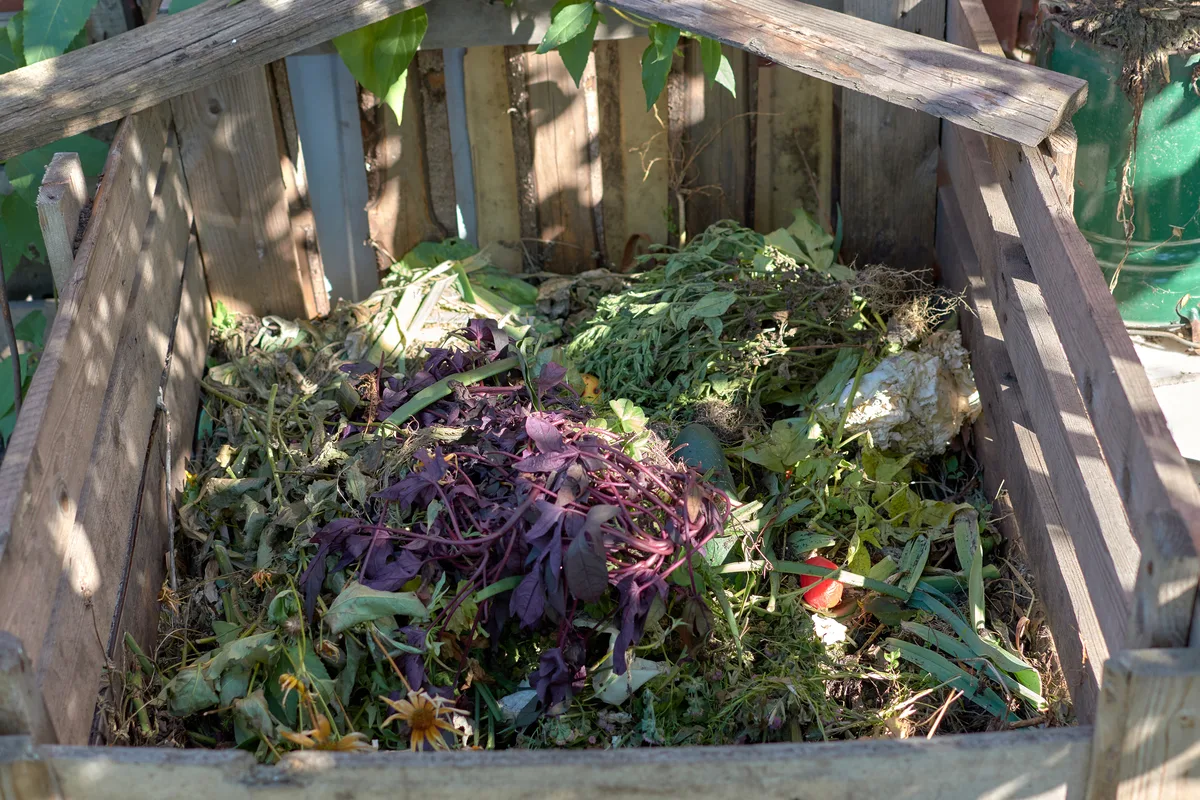
The first use is also the one most people opt for at the end of the season – throwing them on the compost heap.
Tomato plants, especially indeterminate varieties, can grow incredibly large. This makes great material for compost piles that need a boost of nitrogen. Homemade compost is incredibly useful in any garden, and your spent tomato leaves can contribute to a thriving and nutrient-rich compost pile.
Unfortunately, there are some risks involved.
As tomatoes are highly prone to diseases, they need to be thoroughly inspected before being composted. Any disease on the tomatoes has the potential to spread through your compost pile and then to the rest of your garden when used.
As long as you are sure your tomato leaves are disease-free, you can break them down and compost them without worry.
Aphid Spray
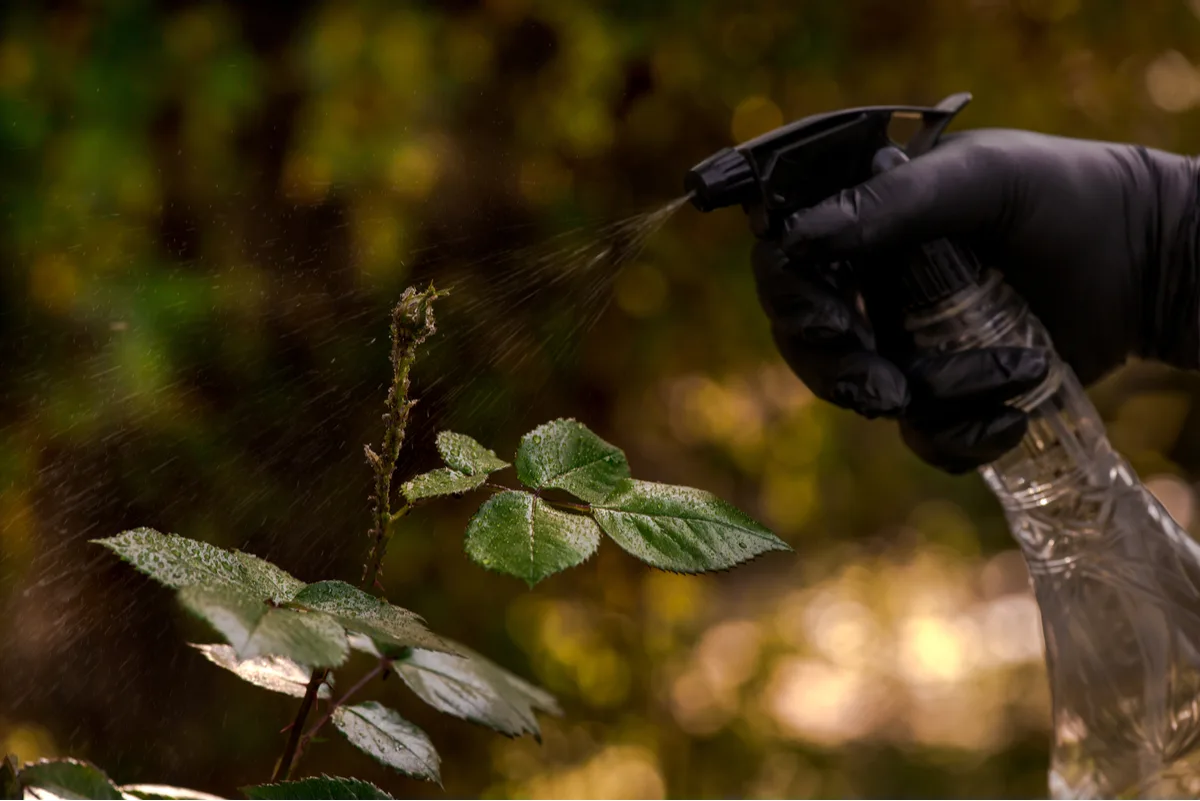
Every gardener has struggled with dreaded aphids at some point – they may even be munching on your tomato plants as we speak. And, if you haven’t yet, consider yourself incredibly lucky and purchase your lotto ticket straight away.
Aphids are one of the most common garden pests, particularly in vegetable gardens. They can quickly decimate entire crops if not controlled quickly due to their rapid reproduction and spread.
Some of the recommended aphid removal methods are believed to be harmful to other plants in your garden and even the surrounding environment. Luckily, with your left-over tomato leaves, you can make your own aphid insecticide spray that kills these bugs on contact.
Tracey at Rural Sprout has a quick and easy recipe for insecticide spray here. In just 24 hours, you’ll have a handy natural spray you can use all season long.
Black Spot Spray
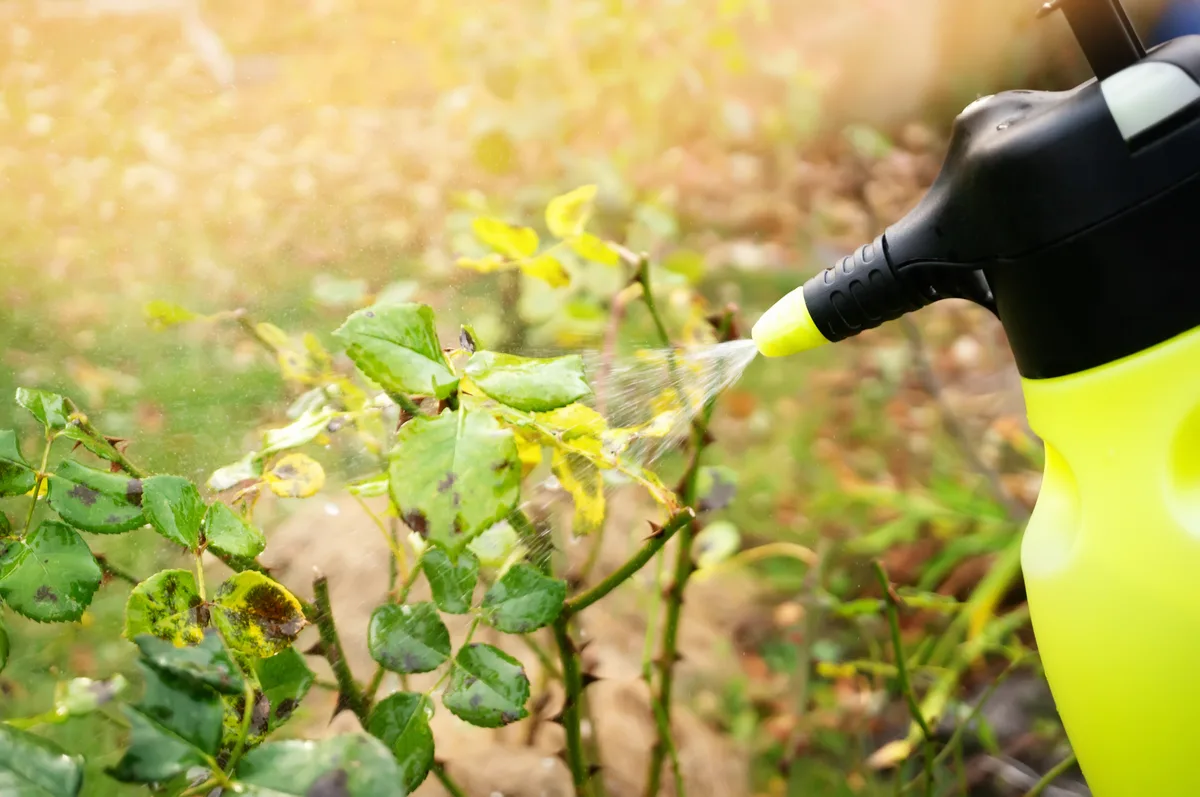
One of the most common diseases on rose plants is undoubtedly Black Spot. Although not incredibly deadly, this disease does weaken roses and ruins their appearance – not something rose gardeners look forward to. This fungal disease spread quickly, causing yellowing and defoliation if not controlled or prevented.
There are many preventative measures against this common disease, one of which is a tomato leaf spray. The compounds in tomato leaves are believed to offer some protection against fungal diseases like Black Spot on roses. While the evidence is largely anecdotal, it’s worth a try if you have some extra leaves lying around.
Using the same recipe as the aphid spray, apply to the leaves and stems of your roses at the start of the season and then in regular intervals. Make sure to spray preventatively, as it won’t control or get rid of Black Spot once it has already settled in.
Tomato Leaf Pesto
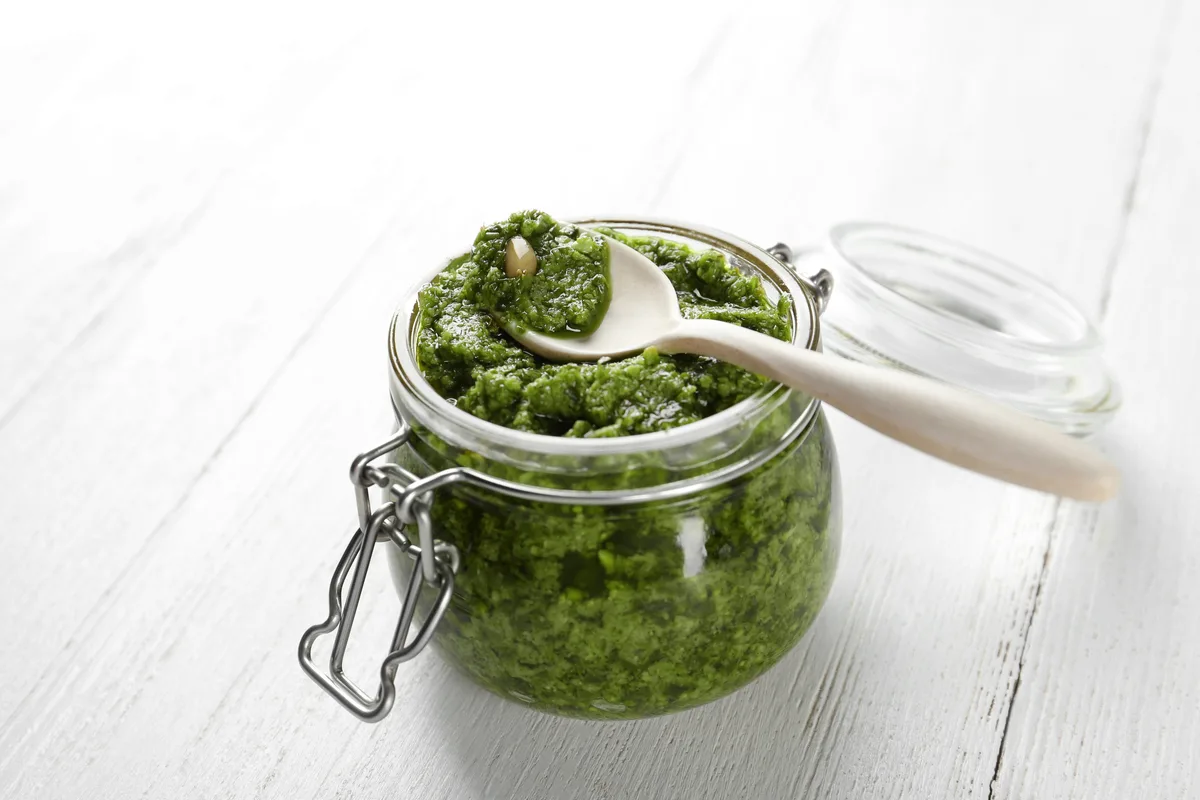
Onto the recipes for tomato leaves, we start with the most popular use – pesto.
Tomato leaves have an earthy taste with a slight bitterness and spice that works well in pesto. It also allows you to use a lot of your harvest at once, making a delicious spread that will last up to 5 days in the fridge.
Riverford Organic Farmers in the UK have a flavor-packed recipe for tomato leaf pesto. You can also watch their video below for a full explanation of the process:
Tomato Infused Olive Oil
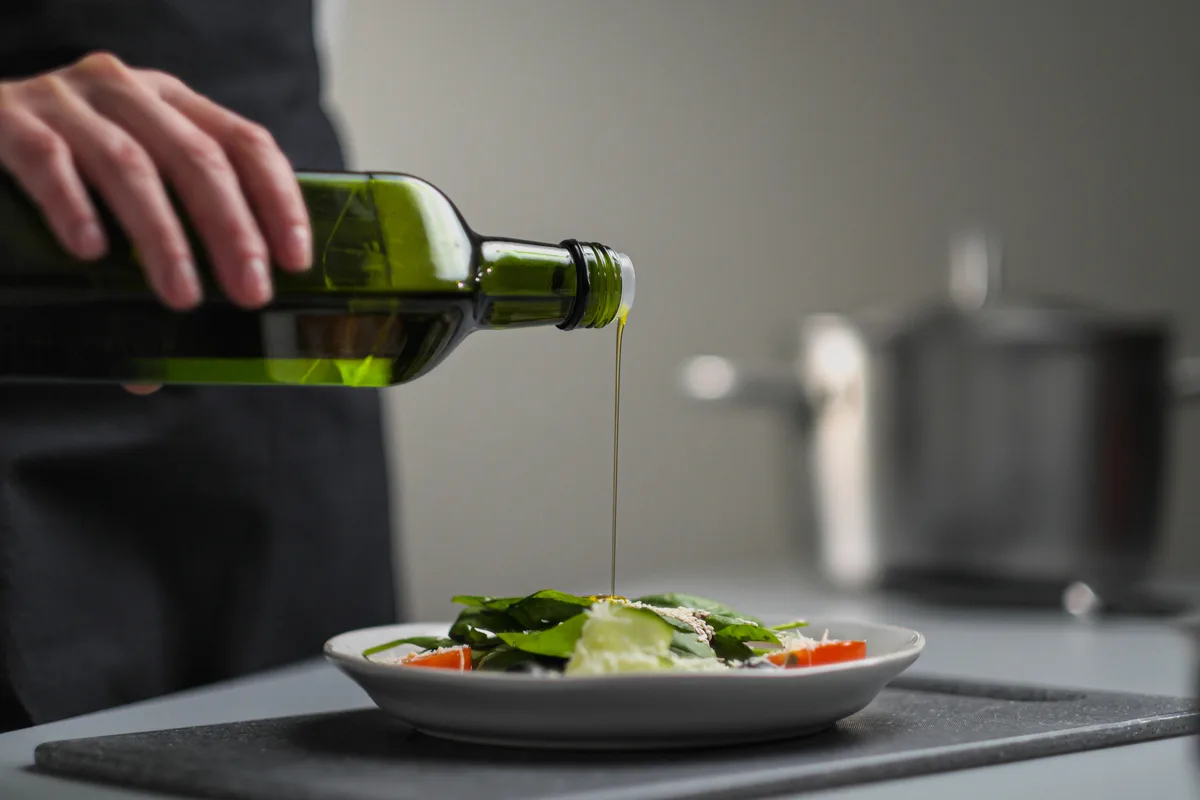
Infused oils are all the rage at the moment. Luckily for gardeners, making infused olive oil is incredibly easy and doesn’t come with the high price tag you’ll find in grocery stores. Tomato leaves are one of the many things you can infuse in olive oil, imparting an earthy and slightly tomato-like taste to the oil.
To infuse, you can simply pop some leaves in a bottle of olive oil and leaves for a few weeks. If you want a more intense flavor, blend the tomato leaves and add to olive oil on low heat. Once the oil begins to bubble, remove it from the heat and leave it to cool. Strain using a cloth into a bottle and seal for later use.
This infused olive oil is great for freshly cooked bread or adding an extra tomato punch to fresh pizzas.
Garnish For Stews
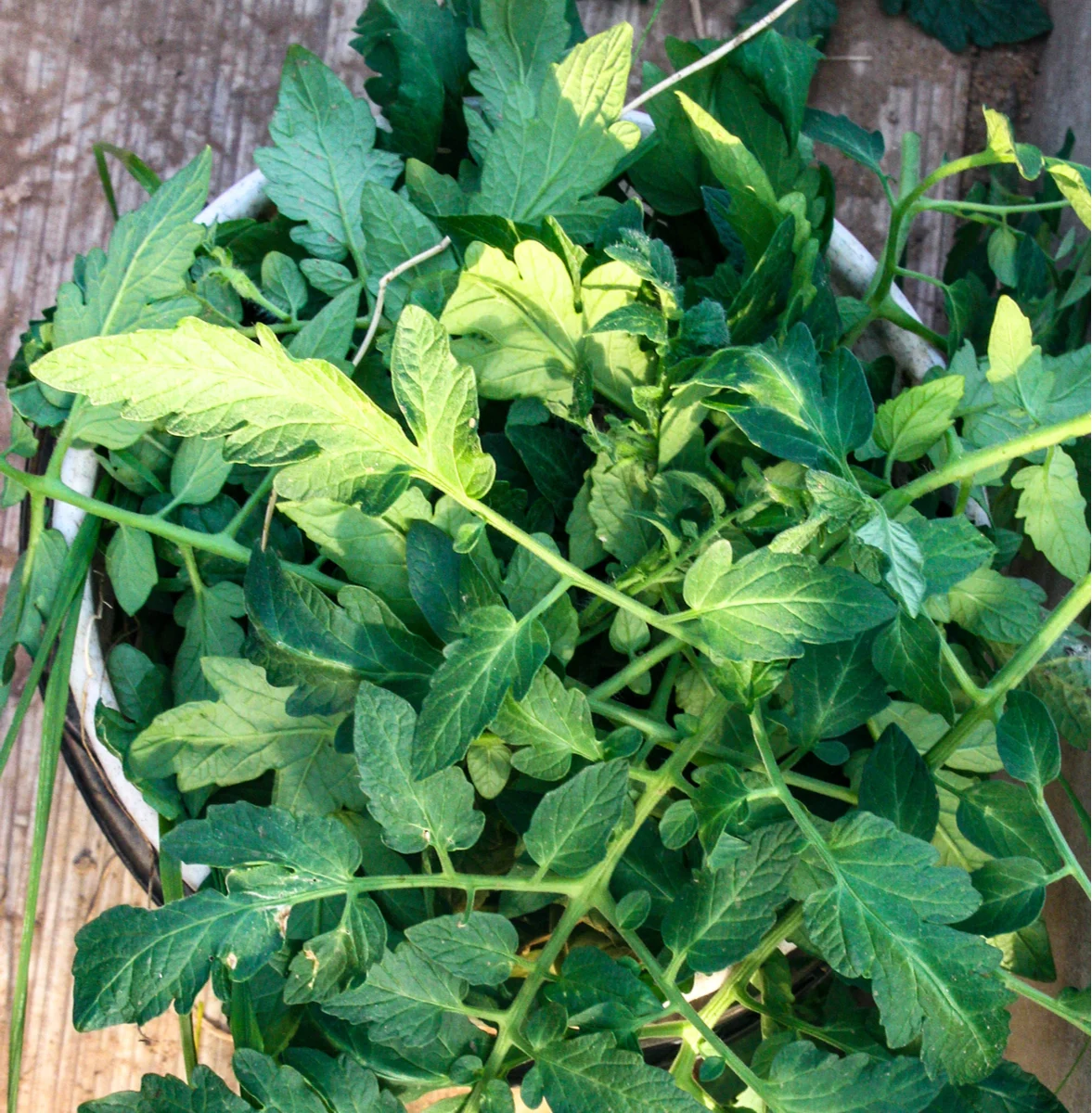
The pungent flavor of tomato leaves is a wonderful addition to meaty dishes like stews. Similar in use to other earthy herbs like rosemary, the leaves can be dried and sprinkled in to increase the depth of flavor.
Meredith at Rural Sprout has an easy guide to drying herbs from home. These methods can also be used for tomato leaves, or you can chop them finely and toss them into the stews fresh.
Tomato Leaf Pasta
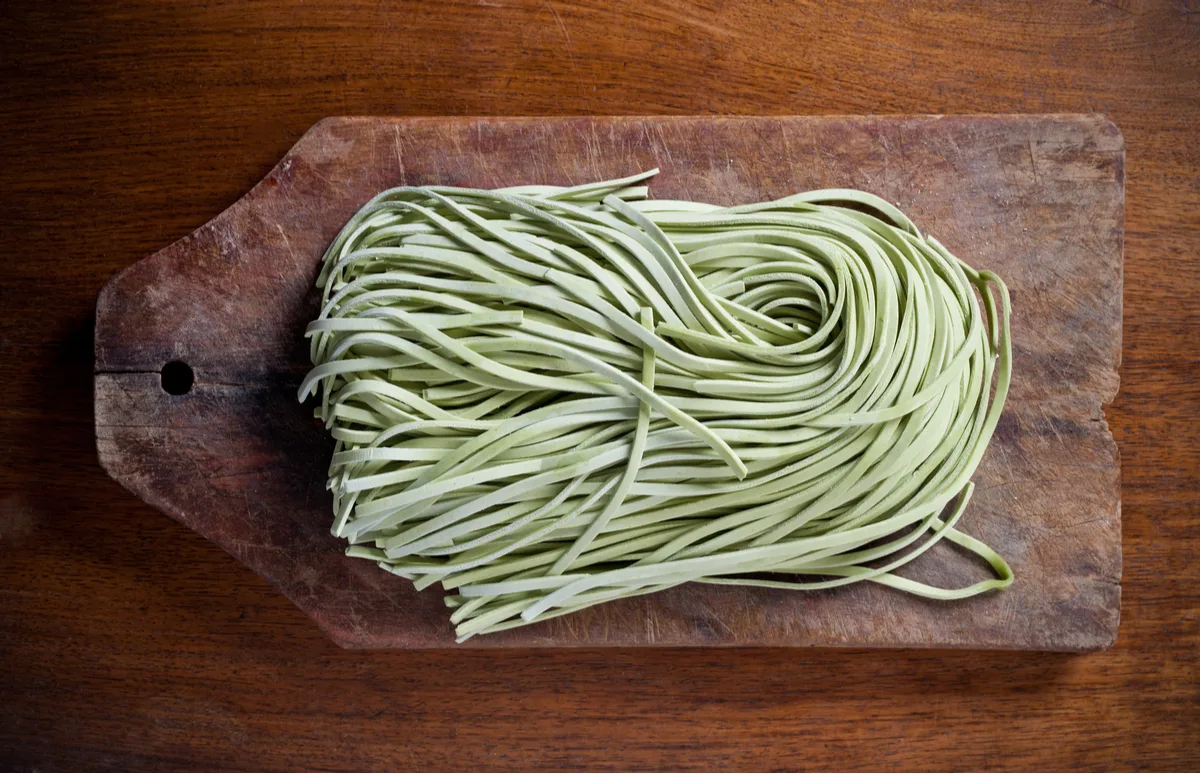
Nothing beats a bowl of fresh, homemade and hand-rolled pasta. The flavors and texture simply don’t compare to the store-bought stuff. Add a handful of tomato leaves to that recipe, top with freshly roasted tomato sauce, and you have a dinnertime winner.
Vanessa Miles from The Hungry Chook has a delicious (and very visually satisfying) recipe you can find here.
Tomato Leaf and Mint Sauce
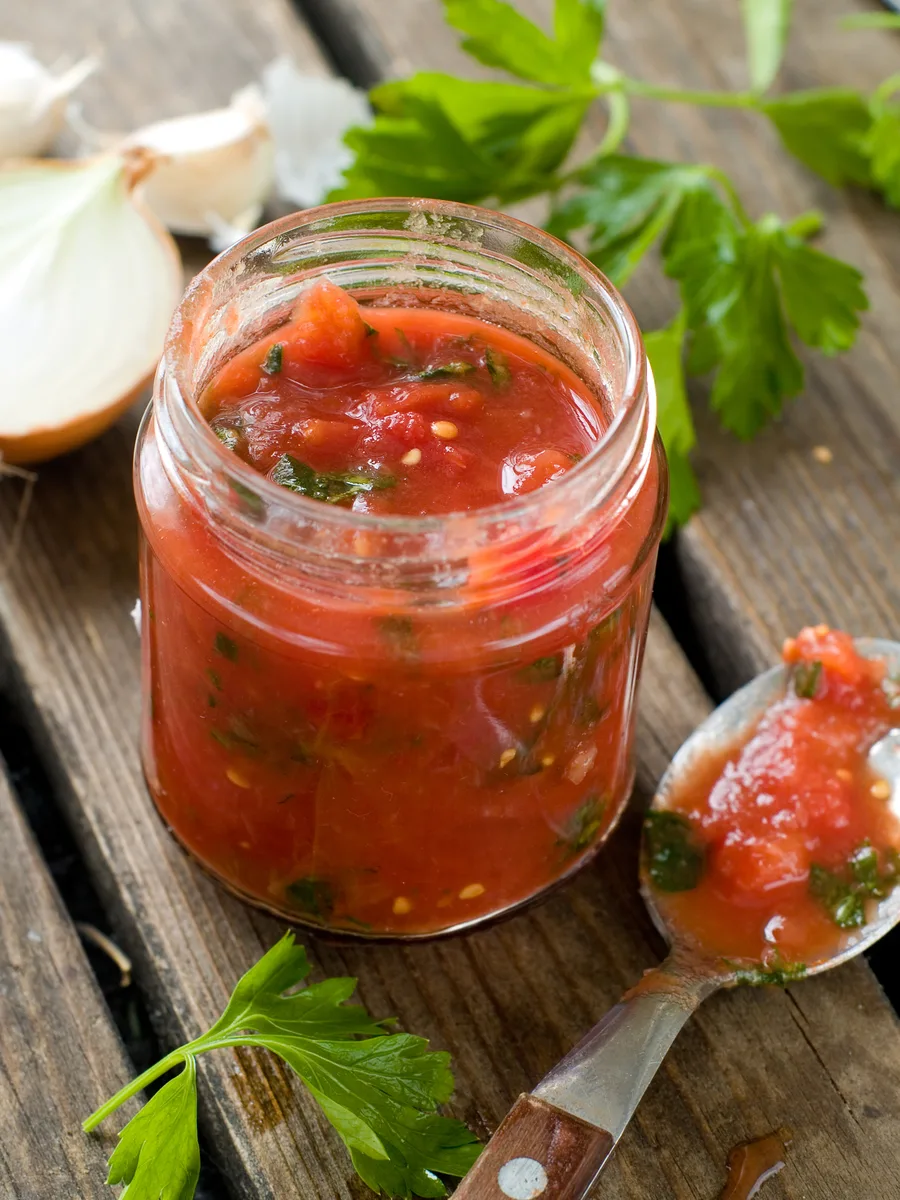
Tomato sauce is a staple in any household. Whether you use it in pasta, on bread, or as a dip for other delicious snacks, it always adds a wonderfully sweet and acidic dimension to any dish.
To make homemade tomato sauce taste even more like tomatoes, you can add a couple of fresh tomato leaves, offset by the fresh flavors of mint leaves.
Try this delicious recipe from Garden Betty that can be used straight away, kept in the fridge for up to two weeks, or frozen for later use.
Tomato Leaf Tea
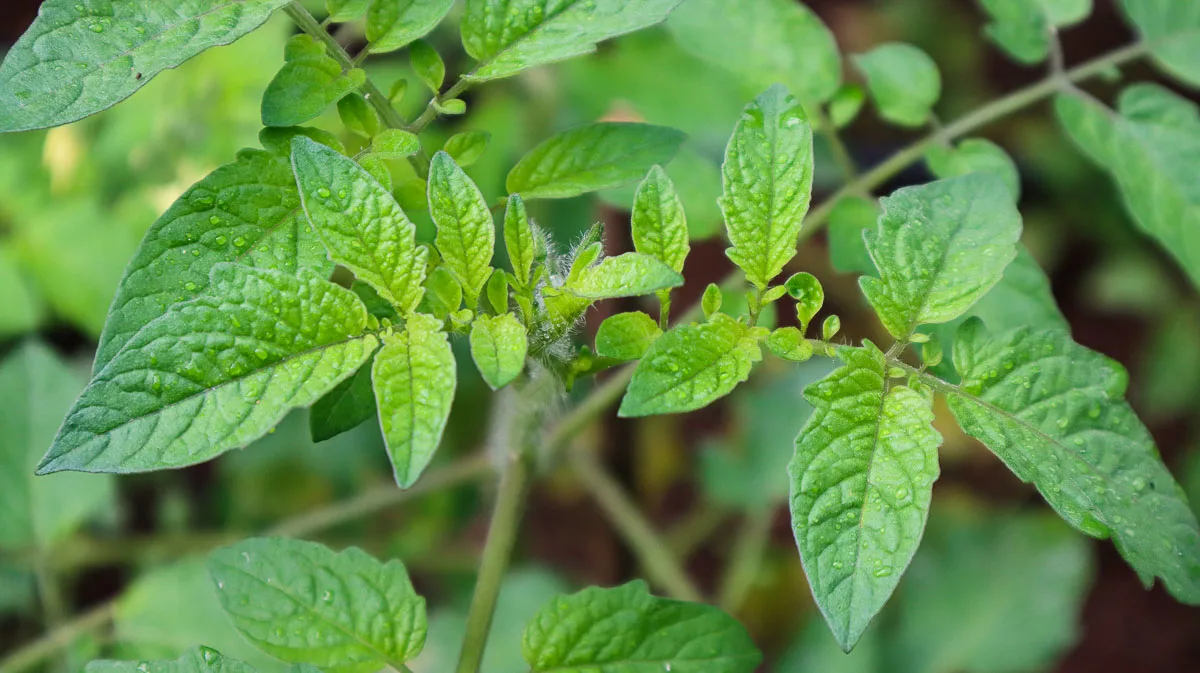
For all the tea lovers out there that like to dry their own leaves and make interesting and unique combinations, consider adding dried tomato leaves to your repertoire. Although not a common use, it is possible to make tea from the leaves of a tomato plant, used either fresh or dried.
According to Lakisha from Saving Greens Homestead, the taste is far more subtle than the pungent smell of the plant would imply. You can see how to make tomato leaf tea in the video below:
Tomato leaf tea has a pleasant earthiness to it, much like teas of other leafy greens.
Tomato leaves may not be the first thing you reach for in the garden or kitchen, but their unique compounds and interesting flavors have a number of uses that will make them indispensable in your home.
